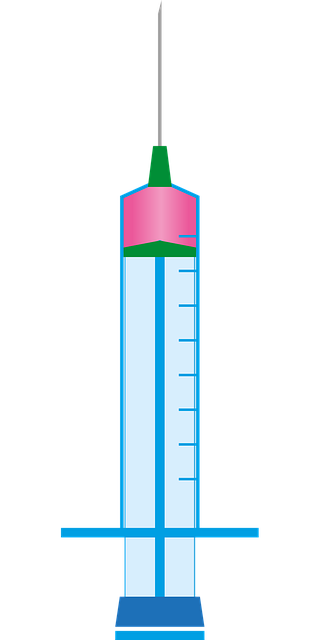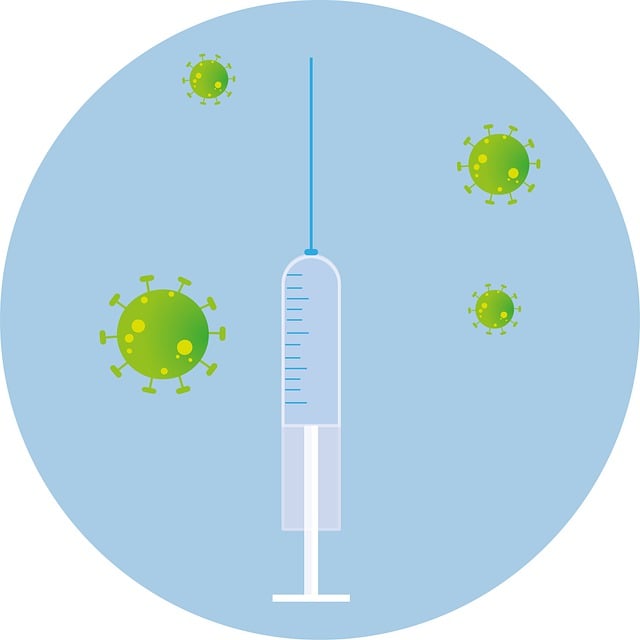Lake Oswego, Oregon, faces harmful algal blooms (HABs) due to high phosphorus and nitrogen levels, impacting water quality and health. The Lake Oswego OR Ozone Treatment method offers a promising solution using ozone gas to break down pollutants and reduce nutrients, effectively combating HABs and restoring ecological balance. This advanced oxidation process improves water clarity, reduces odors, and eliminates harmful substances like pesticides, fostering a healthier aquatic environment for recreation and aesthetics. Collaboratively implemented with strategic ozonizers, this cost-effective treatment is inspired by successful case studies globally, offering hope for Lake Oswego's future water quality improvements.
Lake Oswego, known for its scenic beauty, faces water quality challenges that require innovative solutions. This article explores one such solution: ozone treatment, a powerful and eco-friendly approach to improving lake health. We delve into the unique characteristics of Lake Oswego’s water concerns, clarify what ozone treatment entails, and highlight its numerous benefits. Additionally, we examine successful implementation cases and provide insights into the costs and considerations for adopting this game-changing technology in similar bodies of water.
- Understanding Lake Oswego's Water Quality Concerns
- What is Ozone Treatment?
- Benefits of Ozone Treatment for Lakes
- Implementation and Costs of Ozone Systems
- Case Studies: Successful Ozone Treatments in Similar Bodies of Water
Understanding Lake Oswego's Water Quality Concerns

Lake Oswego, a picturesque waterbody located in Oregon, has been grappling with water quality issues over the years. The primary concern is the presence of harmful algal blooms (HABs), which not only affect the lake’s aesthetics but also pose risks to public health and wildlife. These blooms, often characterized by vibrant green or red colors, are caused by an excess of certain nutrients in the water, primarily phosphorus and nitrogen. The Lake Oswego OR Ozone Treatment method has emerged as a potential solution to combat this problem.
Ozone treatment involves introducing ozone (O3) gas into the lake to destroy pollutants and harmful microorganisms. This advanced oxidation process is effective in reducing nutrient levels and eliminating HABs. By implementing this innovative approach, Lake Oswego aims to restore its ecological balance, improve water quality, and ensure a safer environment for residents and visitors alike.
What is Ozone Treatment?

Ozone treatment, a popular and effective method for water purification, is a process that utilizes oxygen molecules (O3) to eliminate contaminants in Lake Oswego’s waters. This advanced oxidation process involves introducing ozone gas into the water, which effectively breaks down organic pollutants, bacteria, viruses, and other harmful substances. The ozone molecules react with these compounds, rendering them harmless and ensuring safer water for residents and visitors alike.
By implementing Lake Oswego OR Ozone Treatment, the community can address various water quality issues. This treatment method is particularly useful in removing persistent organic contaminants that traditional filtration systems might struggle with. It also plays a significant role in improving water clarity and reducing unpleasant odors, enhancing the overall aesthetic appeal of the lake and fostering a healthier aquatic environment.
Benefits of Ozone Treatment for Lakes

Ozone treatment has emerged as a highly effective and eco-friendly solution for water bodies like Lake Oswego. This advanced method involves introducing ozone (O3) gas into the lake, which acts as a powerful oxidizer, breaking down pollutants and harmful substances. By doing so, it significantly improves water quality, making it safer for various aquatic life forms and human recreational activities.
The benefits of Lake Oswego OR Ozone Treatment are numerous. It can effectively eliminate unwanted odors caused by organic compounds, reduce the levels of algae and other harmful plants, and combat bacteria and viruses present in the water. This treatment also helps in removing chemicals, such as pesticides and herbicides, that may have been introduced into the lake due to nearby agricultural activities or urban runoff. As a result, Lake Oswego can experience enhanced ecological balance, improved aesthetics, and increased accessibility for swimming, boating, and other popular recreational activities.
Implementation and Costs of Ozone Systems

In implementing an ozone treatment system for Lake Oswego, local authorities and water management experts work together to install and activate the equipment. This typically involves placing ozonizers or generators around the lake, strategically targeting areas with higher pollution levels or specific concerns like algal blooms. Once installed, these systems use electricity to generate ozone (O₃), a powerful oxidizer that efficiently breaks down organic pollutants, including harmful bacteria, viruses, and algae.
The costs associated with Lake Oswego OR Ozone Treatment can vary greatly depending on the size of the lake, existing infrastructure, and specific treatment goals. Initial setup expenses include equipment purchase, installation, and engineering design. Ongoing operational costs cover electricity usage and maintenance to ensure the systems remain effective and efficient over time. Despite these investments, ozone treatment is often viewed as a cost-effective solution for water quality improvement due to its ability to reduce chemical use and the need for frequent mechanical treatments, making it a sustainable and environmentally friendly option for Lake Oswego.
Case Studies: Successful Ozone Treatments in Similar Bodies of Water

Lake Oswego, like many water bodies worldwide, has faced its share of water quality challenges. However, successful case studies demonstrate that ozone treatment can be a game-changer for similar lakes and waterways. One notable example is the application of ozone technology in Lake George, New York. This freshwater lake struggled with algal blooms and a decrease in water clarity. Through a series of targeted ozone treatments, combined with other management strategies, the lake’s water quality improved significantly. Algal growth reduced, and the once-hazed waters became crystal clear, enhancing the lake’s ecosystem and recreational value for the local community.
These positive outcomes have inspired other communities facing similar issues to explore ozone treatment as a viable solution for Lake Oswego OR Ozone Treatment. For instance, in a study conducted in Ontario, Canada, an ozone system was implemented on a smaller urban lake suffering from nutrient pollution. The result was a marked decrease in harmful algae and a restoration of the lake’s natural balance. Such case studies highlight the potential of ozone treatment to address water quality problems, ensuring healthier and more vibrant lakes for future generations to enjoy.
Lake Oswego’s water quality can be significantly improved through ozone treatment, offering a sustainable and effective solution for managing harmful algal blooms and enhancing overall aquatic health. By adopting this innovative approach, local communities can ensure a cleaner and safer environment for both residents and wildlife, making it a promising game-changer in the realm of lake conservation. Ozone treatment proves to be a powerful tool in the world of Lake Oswego OR ozone treatment, providing long-lasting benefits that contribute to the preservation of this vital natural resource.






